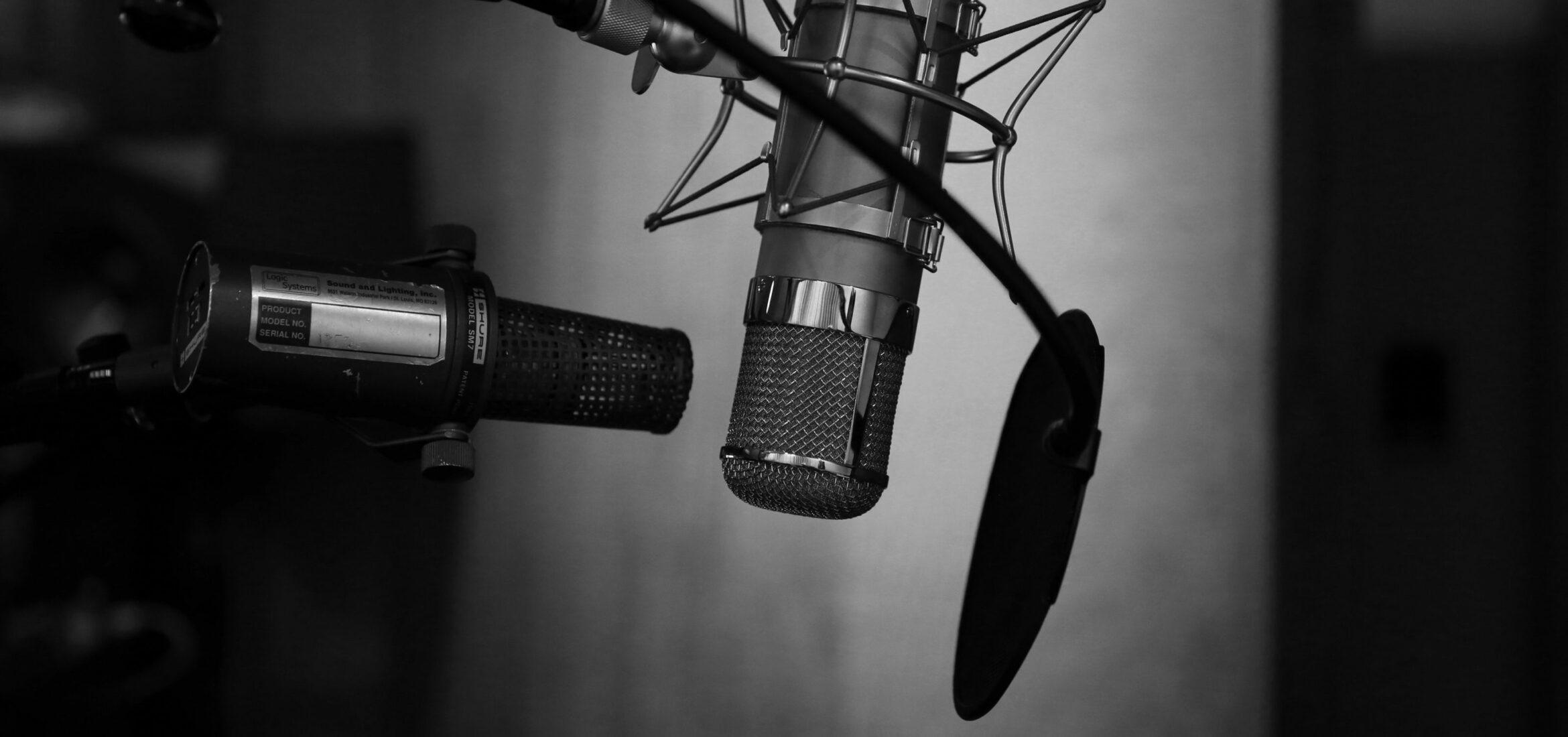By now, you probably know there’s no one way to record or mix anything. In fact, experimenting with different sounds, microphones, environments, and techniques can result in the most unique songs. We’ve already gone over some tips on how to professionally record vocals, but even these serve as guidelines to get you started. While professionals often use tried-and-true methods for recording vocals, there is always room to bend convention. One of the key features of a typical professional vocal recording is the vocal booth. But why is this, and are vocal booths necessary for a good-sounding recording?
Why Have a Vocal Booth?
Larger studios often have a vocal booth, in part because more space allows for this additional feature and because more space can mean more bleed and room sound. Vocal booths isolate the vocal performance, making it crisper and far easier to mix down the road. You can construct these booths in many ways, some enclosed and others with some open space. Some smaller studios even turn a spare closet or annex into one. Sound-absorbing panels often line an enclosed booth for added isolation. These soundproofing panels will absorb, diffuse, or reflect different frequencies depending on their material and thickness, so the type of foam matters when considering the desired vocal quality.

Vocal booths aren’t always completely enclosed, however. Portable sound booths surround the microphone from the back and sides, and soundproof panels placed behind and at the sides of the vocalist can help isolate the sound without fully boxing them in. No matter the type of booth, the goal remains the same: to harness the purest vocal performance possible and keep outside influences away.
Are Vocal Booths Necessary?
But what if you don’t want to completely isolate the vocals? For some producers, this idea might sound crazy. However, room sound, if captured correctly, can add flavor to a vocal recording. If you want to ditch the vocal booth altogether, though, you need to pay attention to the polar patterns of your microphone. The most effective polar pattern for these purposes is the cardioid pattern. This pattern captures sound coming from the front and minimizes sound from the back of the mic. If you want more of the room sound, a figure-8 polar pattern can emphasize the natural reverb of the room by taking in more of the left and right side reflections and less of the direct vocal performance.
Additionally, with vocal compression, noise reduction, and EQ, singers can still sound clean without using a vocal booth. It ultimately comes down to preference and experimentation. Songs with more grit and raw energy might benefit from a more organic vocal flavor. In cases like these, it’s worth stepping outside the booth to hear how it all mixes together.
Conclusion
Recording vocals can be done in several ways. Vocal booths will produce the cleanest-sounding vocals. Ditching the booth can offer a more natural sound and unique qualities, especially with proper acoustic room treatment. Both methods provide value and should be used for different recording scenarios.
Informazioni sull'autore

Ethan Keeley
Scrittore, doppiatore, musicista e redattore audioEthan Keeley è un musicista, doppiatore e scrittore di Rochester, New York. Quando non è in tour con la sua band Unwill, lavora a nuove canzoni e storie.
Lascia un commento
Log in per commentare

